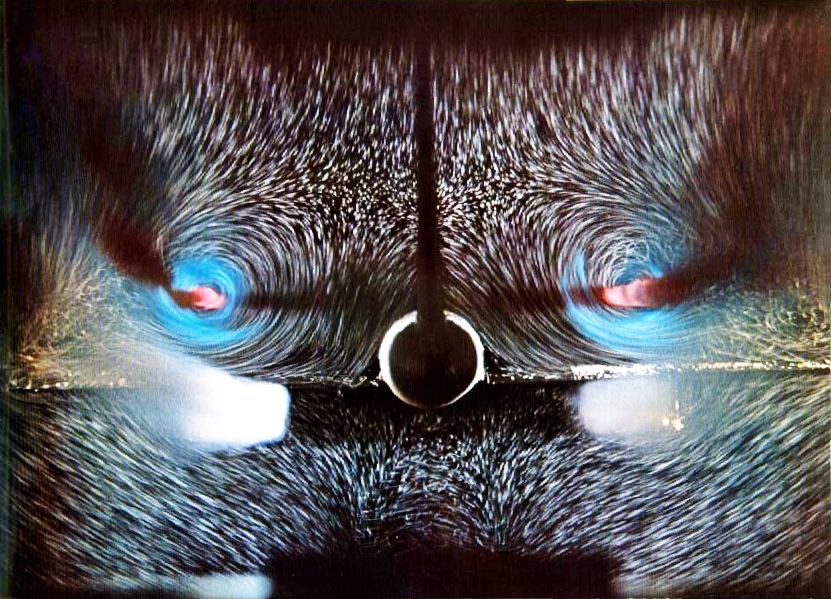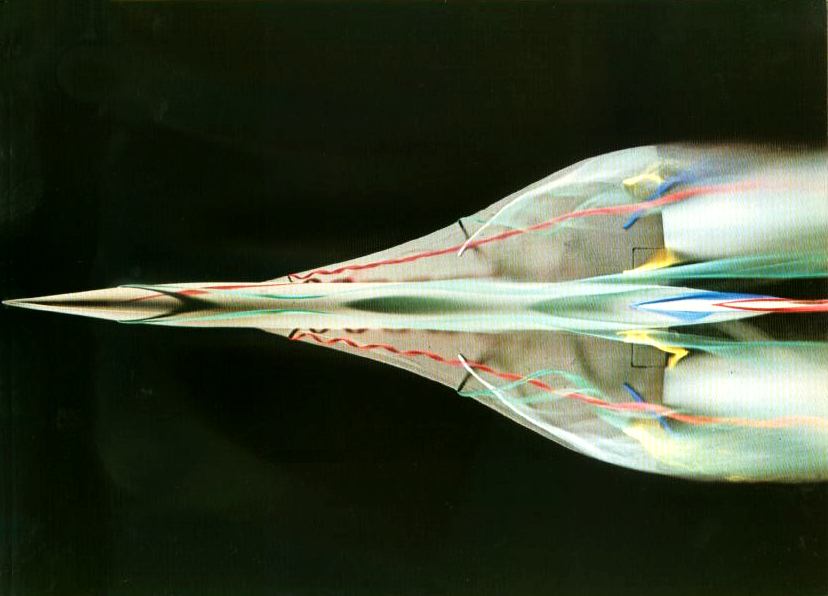D - I think you have left out the effect of vortex lift? If you are straying into Concorde/FD2/HP17 territory then is it not established that a very large part of the lift generation on very low aspect ratio wings is from vortex rather than 'classical' aerodynamics? I was always taught that it was vortex lift which continued flow attachment and 'lift' well past normal angles.
It is, due to the low AR and sweep, and 'controlled' in Concorde's case by a very clever Ogive planform and cunningly cambered leading edge (tricks learnt on the Fairey delta, Vulcan and Lightning, and TSR2 (of course!)
The LCS (Lift Curve Slope), normally 2 Pi (radians) for an infinite AR (2D) wing, deteriorates in a consistent manner with reduction of AR. Due to large amounts of 3D flow, the stall becomes mushy, very draggy and indeterminate as top-surface flow and thus overall circulation breaks down, Clmax usually suffers.. think Lockheed Starfighter (the widow-maker!)
But with sweep, lots of it, and the appropriate l.e shapes, that 3D flow can be controlled and utilised..Think of the lift-line being rotated backwards so the ciurculation takes place alomg a more fore-aft than spanwise axis... massive vortices develop as incidence increases, and whilst drag goes up massively too, Clmax's are maintained without flaps, once the vortex is stabilised...


One of the bonuses of the delta wing is the vortex sheet
which attaches itself at low speeds and high angles of attack.
It increases lift, it is claimed, by about 30 per cent and by
as much as 60 per cent in the ground cushion on landing.
By rounding the wing tips and extending the root fillets (thus
producing the "gothic" plan-form) this vortex sheet can be
made to stay attached up to and beyond the stall.
One downside is being on the back-side of the drag-curve, induced drag is high, and when slowing even more, increases dramatically! Of course, cart down helps.